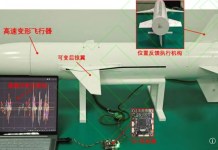Besides lagging behind Russia and China in hypersonic weapons technology, the US is waking up to a threat to its space assets.
According to a Defense Intelligence Agency (DIA) report on space threats titled “Challenges to Security in Space — 2022,” released on April 12, China’s test of an orbiting hypersonic missile last year is a part of a developing arsenal of “space warfare” weapons.
The report suggests that the hypersonic missile test last fall was a part of the Chinese stockpile of space arms geared at hitting US satellites used by the military for communications and precision-guided missiles.
China launched a hypersonic weapon test in July of last year, propelling a missile around the world at Mach 5, or five times the speed of sound. The test had sparked widespread concern and panic among the US military’s top brass.
Joint Chiefs of Staff Chairman Gen. Mark A. Milley had famously described the test as “very close to a Sputnik moment” for American military planners.
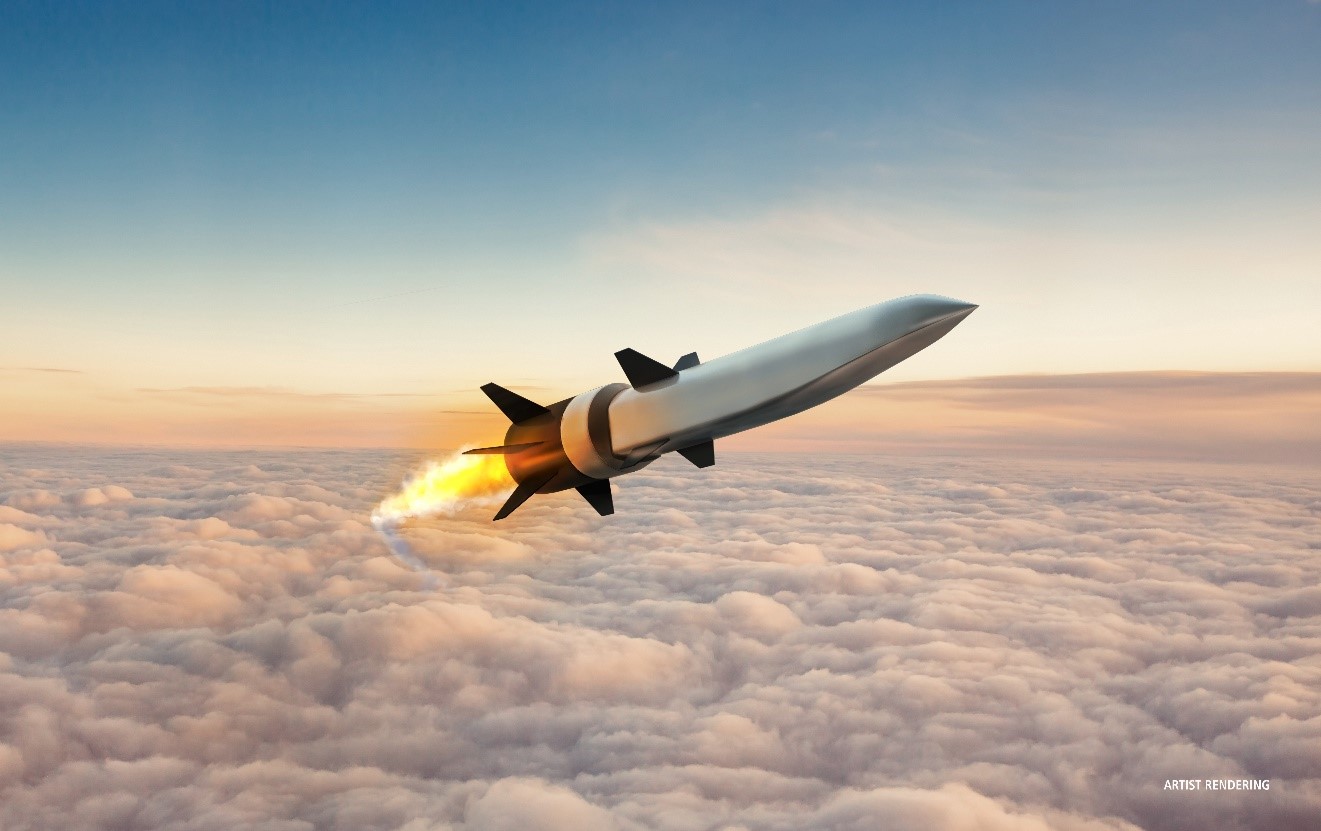
The DIA Director Lt. Gen. Scott Berrier said, “The loss of space-based communication and navigation services could have a devastating impact on warfighters during a conflict — that’s one of the most serious scenarios anticipated.”
The report, however, comes shortly after the United States announced that it was collaborating with its AUKUS partners-the United Kingdom and Australia to develop hypersonic missiles.
According to a new timeline, the Pentagon’s first hypersonic weapon might be delayed for up to a year, despite lawmakers’ protests that the Pentagon is trailing behind in a new technology that Russia has already proven in Ukraine and China has demonstrated in a space mission.
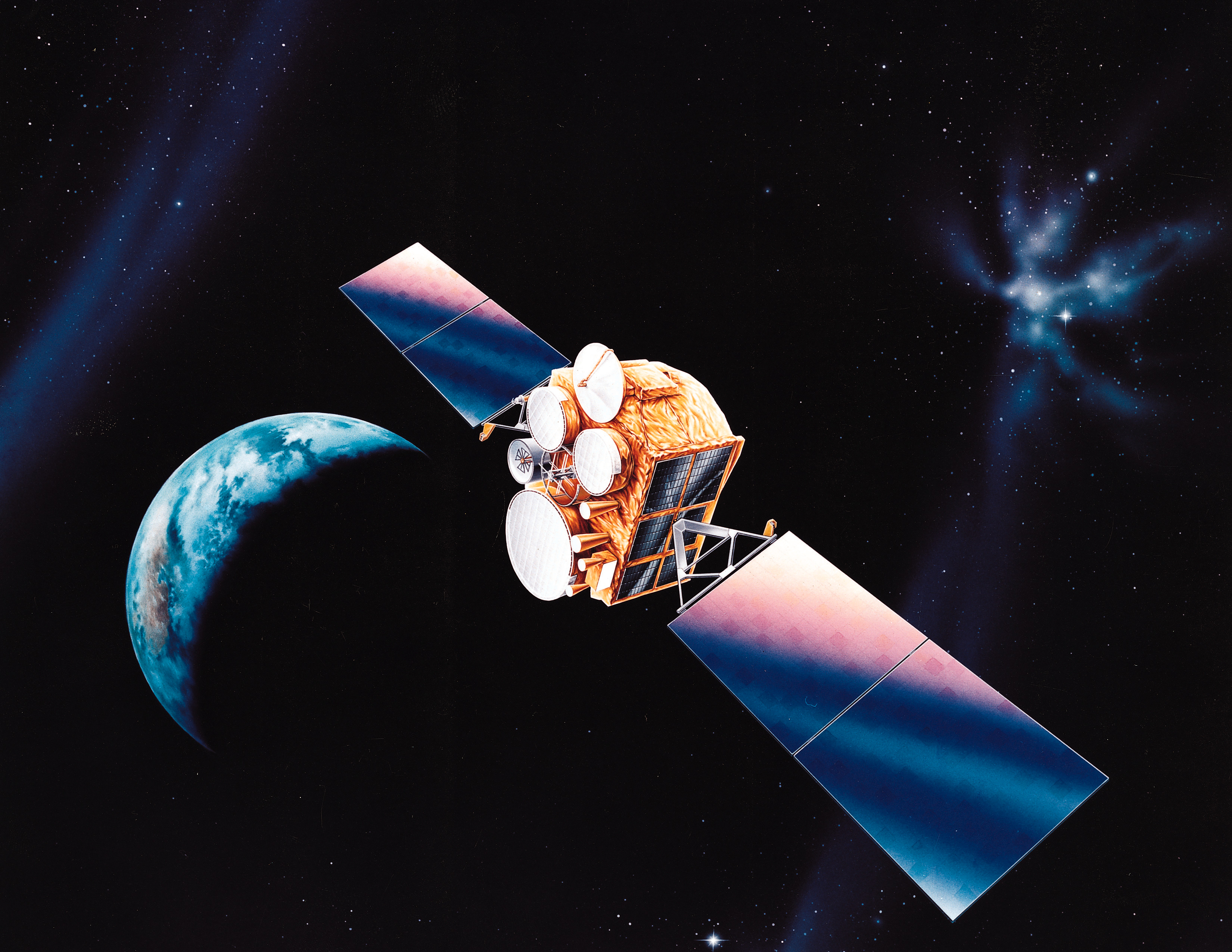
The threats to US space assets have become exaggerated with China’s growing presence in space which was otherwise dominated by the US after the fall of the Soviet Union. American experts and top officials have flagged the issue of a rapid militarization of space on multiple occasions in the last few years.
“Adversaries have observed more than 30 years of U.S. military operations supported by space systems and are now seeking ways to expand their capabilities and deny the U.S. a space-enabled advantage,” the report said.
A Threat From China
The launch of a Chinese ICBM tipped with a hypersonic glide vehicle, an ultrahigh-speed, maneuvering missile on July 27, 2021, was a fractional orbital launch. Before re-entering the atmosphere and striking a ground target, the glide vehicle traveled around 24,800 miles in space, said the report about China’s hypersonic test.
It is pertinent to mention that last year, top Space official Lieutenant General Chance Saltzman of the Space Force had stated that a fractional orbit launched system can stay in orbit for a longer period of time which meant that the Chinese hypersonic weapon could remain in space longer, thus putting US assets in jeopardy in case of a conflict.
The DIA report reads that the flight test lasted more than 100 minutes, making it “the greatest distance flew and longest flight time of any Chinese land-attack weapons system to date.”
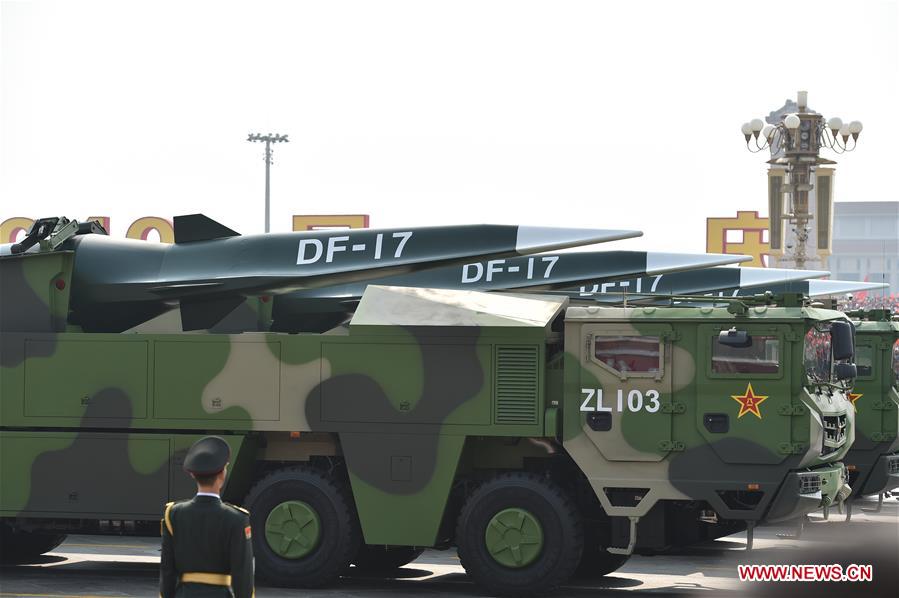
According to Kevin Ryder, senior analyst for space and counter space at the Defense Intelligence Agency, China’s hypersonic test last year was the first time the weapon was seen. However, he noted that it was “a little early” to determine whether the weapon would be used for nuclear strikes, conventional attacks, or both.
The report further elaborates on China’s space warfare capabilities. Since 2006, the Chinese have been working on space-based weapons that will be “used to attack ground, sea, or air targets from space,” according to the report. As part of the targeting process, procedures for safely reentering the atmosphere, separating payloads, creating delivery vehicles, and switching orbits are being developed.
Sensors that can target satellites, ground-launched anti-satellite missiles, orbiting killer robot satellites that can grasp or crush satellites, and laser, electronic, and internet warfare tools are all part of China’s space warfare arsenal.
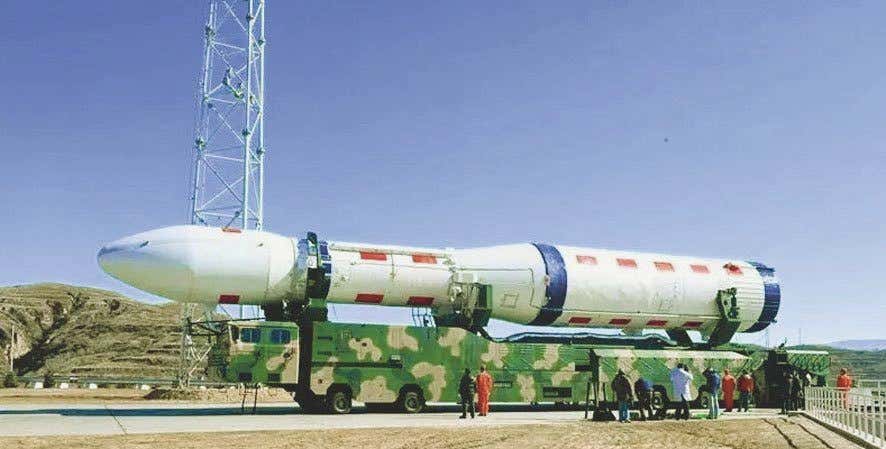
It is indeed a well-known fact that China has been working on advancing its anti-satellite weapons (ASAT) program since 2007. Last year, a group of Chinese researchers claimed to have developed and tested an anti-satellite robotic device that could inject a small pack of explosives inside the exhaust nozzle of a space probe that could melt enemy satellites, EurAsian Times had reported.
It has also made significant strides in Directed Energy Weapons for Space over the years. Chinese scientists recently built a microwave machine known as the “Relativistic Klystron Amplifier (RKA)” that can jam or destroy satellites in space. Therefore, American concerns do not necessarily arise out of thin air.
Further, while releasing the report, General Berrier said that “A secure, stable and accessible space domain is crucial as China and Russia’s space-based capabilities and electronic-warfare activities continue to grow”.
The report also delved deep into the combined threat posed by Chinese and Russian space capabilities and their growing cooperation with joint missions planned for the future, as the two share a close relationship and remain directly and indirectly belligerent towards the United States.
Russia, North Korea, and Iran among space threats
According to the report, China and Russia’s combined military and civilian space fleets increased by 70% between 2019 and 2021. The 80-page paper explains the military units in charge of space warfare and emphasizes the rise in space sensors and satellites used to prepare space for military operations.
In November last year, Russia tested its Nudol anti-missile system against a satellite, resulting in over 1,500 huge debris pieces and tens of thousands of “lethal but non-trackable junk,” according to the report.
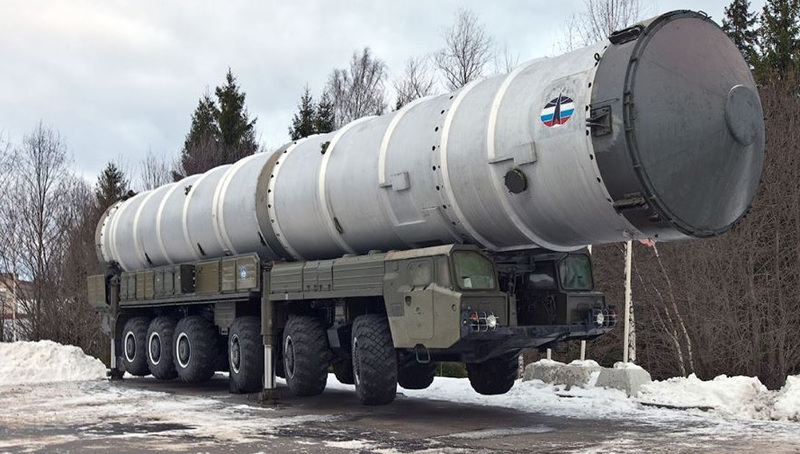
Russia’s space arsenal also contains several ground-based laser weapons that may blind or destroy orbiting satellites, including the Peresvet laser weapon, which Russian President Vladimir Putin described as “a new sort of strategic weapon.”
These observations about Anti-satellite capabilities assume significance in the backdrop of the Russian war unfolding massive disaster in Ukraine. US officials had earlier warned that Russia could take the aggression to space. Moscow is also developing the Burevestnik anti-satellite missile, which will be launched from a MiG-31 fighter jet.
According to the report, one of Russia’s anti-satellite systems, which was launched in November 2019, monitored a US national security satellite, “approaching close enough to generate potentially dangerous operational conditions.”
Iran and North Korea also appear to be building space capabilities that could be employed in future battles, according to other sections of the report.
“Iran recognizes the strategic value of space and counter-space capabilities and will attempt to deny an adversary use of space during a conflict,” the report said.
“North Korea’s ballistic missiles and [space launch vehicles], such as the Unha-3 SLV, in theory, could be used to target satellites in a conflict.”
The development of counter-space weapons by the Space Force is reported to be delayed by resistance from arms control advocates who oppose speeding the space arms race. Despite superior space warfare capabilities, the paper claims that both China and Russia are pursuing arms control activities targeted at constraining US space warfare capabilities.
As the capabilities of China and Russia continue to grow in space like they are expected to, the offensive and counter-offensive space weapons would also register a meteoric rise, for which the US could be believed to be preparing in full earnest.
- Contact the author at sakshi.tiwari9555@gmail.com
- Follow EurAsian Times on Google News



